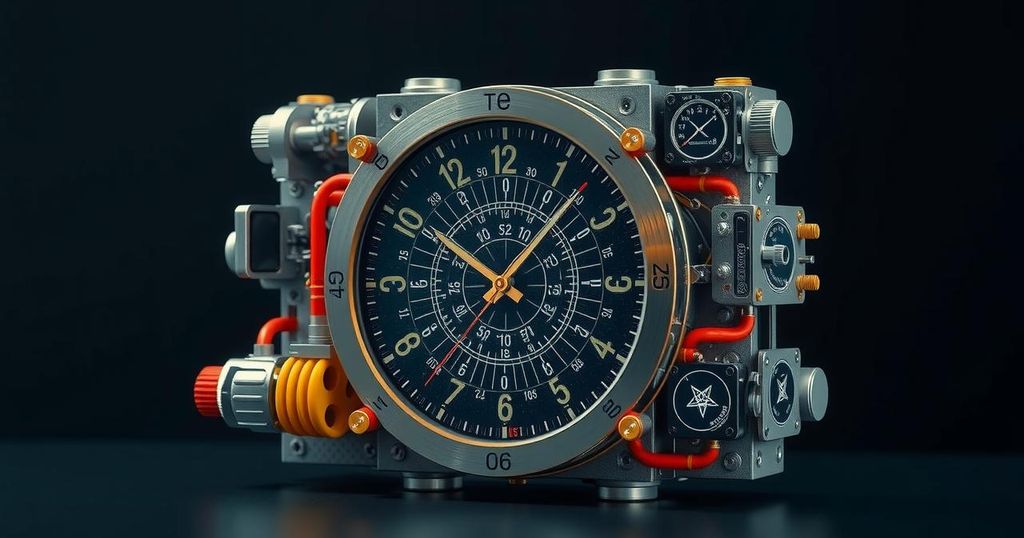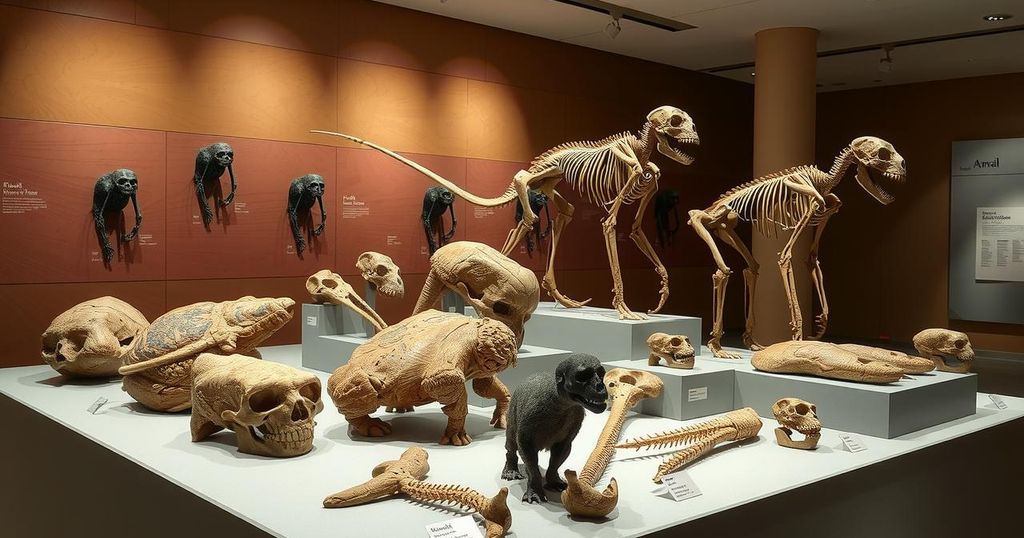Nuclear Clock Prototype Heralds a New Era of Timekeeping Precision
Researchers have introduced a nuclear clock prototype, pushing the boundaries of precise time measurement by utilizing atomic nuclei. This innovation, led by Jun Ye at JILA, focuses on thorium-229, which allows for unprecedented accuracy in timing through laser-induced nuclear transitions. Enhanced by frequency comb technology, the clock’s ultimate potential lies in its applications for fundamental physics testing.
In an exciting leap for scientific timekeeping, researchers have unveiled a prototype nuclear clock, edging closer to revolutionizing how we measure time and test the foundations of physics. Although its components earn it the more technical label of ‘frequency standard,’ physicist Jun Ye from JILA emphasizes its significance, noting that all essential elements for a nuclear clock are now present. Unlike atomic clocks that rely on electron transitions within atoms, this new clock would utilize energy levels of atomic nuclei.
The key player in this timekeeping marvel is thorium-229, which possesses two closely spaced energy levels, allowing for precise measurement of time through laser-induced transitions. Researchers have successfully pinpointed the frequency required for this jump at 2,020,407,384,335 kilohertz, boasting an astonishing uncertainty of just 2 kilohertz—which signifies a quantum leap in precision over prior measurements.
This breakthrough was made possible by an innovative tool known as the frequency comb, a device that emits a spectrum of discrete light frequencies, akin to a musical chord played on a piano. By comparing the nuclear clock’s transitions with those of a well-established atomic clock, scientists are paving the way for groundbreaking tests of fundamental physics, such as exploring the stability of fundamental constants that govern the very fabric of our universe. Ekkehard Peik from the National Metrology Institute points out that these advancements will be pivotal for scientific applications in the future.
The pursuit of ultra-precise timekeeping has continually driven scientists toward the frontiers of physics and technology. Traditional atomic clocks have provided remarkable accuracy by measuring the oscillations of electrons within atoms. However, the nuclear clock aims to refine this further by utilizing the atomic nucleus, which could allow for unprecedented precision. The research primarily focuses on thorium-229 due to its unique energy level characteristics, making it an ideal candidate for developing nuclear timekeeping methods. By leveraging modern techniques like frequency combs, scientists can achieve extraordinary advancements in understanding the underlying principles governing time and matter.
The development of a nuclear clock prototype represents a monumental step into the realm of hyper-precise time measurement. With thorium-229 at its center, this innovative approach transcends the limitations of current atomic clocks, promising not only enhanced accuracy but also new avenues for investigating fundamental physics. Researchers, with their sights set on unraveling the mysteries of the universe upon the fabric of time, are closer than ever to unlocking the secrets held within atomic nuclei. As such, this ambition does not solely encompass the pursuit of timekeeping; it beckons a deeper inquiry into the very nature of reality itself, provoking thought about the constants that bind our universe together.
Original Source: www.sciencenews.org




Post Comment